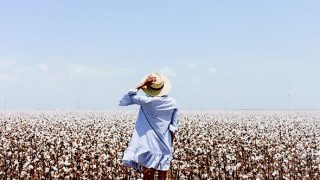Solutions for Minimal Processing
Cotton is a natural fiber produced directly from a plant by Mother Nature herself. The natural fiber can be spun, knit, or woven, and even finished in a way that maintains that natural look and feel. These technologies in fabric development also allow manufacturers, brands, and retailers to reduce their footprint on the environment by reducing water, energy, and chemicals during textile processing.
Cotton Incorporated has created several capsule collections to highlight responsible methods for fabric finishing—from using plant byproducts in dyestuff to reducing or eliminating harsh chemicals and dye in the finishing process. These developments provide solutions and inspiration to utilize cotton in new and exciting ways.
Find many of the fabrics featured on this page can be found in our curated FABRICAST™ collection, Natural and Sustainable. This collection features minimally processed fabrics while also utilizing processes that decrease time, water, energy, and chemical usage. In addition to fabric construction information, the collection includes select fabrics that can be downloaded for use in 3D design programs, CLO and Browzwear.
EarthColors®
Cotton is a 100% natural cellulose fiber, unlike synthetics produced from petroleum and other man-made processes. After the cotton is harvested and ginned, every part of the cotton plant is used—fiber, seed, and byproduct.
Worldwide, there are more than 3 million tons of plant byproduct per year including burs, stems, sticks, leaves, and dirt. This byproduct is used in a range of applications including livestock feed, compost, and erosion control products. Now, byproduct can also be used as a component in dyestuff for cotton textiles.
EarthColors®, a collaboration with Archroma, is a responsible solution for dyeing textiles that utilizes a biosynthetic dye created from cotton byproducts. Suitable for woven and knit garments, the dyestuff can be used to dye yarn and fabric by continuous processes or garments by exhaust. Because the dyes are sulfur-based, they work well with other finishing processes such as laser, enzyme washing, ozone treatment, or hand abrasion techniques.
EarthColors®, a collaboration with Archroma, is a responsible solution for dyeing textiles that utilizes a biosynthetic dye created from cotton byproducts. Suitable for woven and knit garments, the dyestuff can be used to dye yarn and fabric by continuous processes or garments by exhaust. Because the dyes are sulfur-based, they work well with other finishing processes such as laser, enzyme washing, ozone treatment, or hand abrasion techniques.
More on EarthColors® by Archroma
- View the EarthColors® brochure
- Learn more about EarthColors® by Archroma
Enzymatic Scouring
The scouring process removes the pectin that binds the wax and other impurities to cotton fibers. This is an important step in cotton processing because it allows the fabric to be more absorbent for even and consistent dyeing if the dyeing step is incorporated. At the same time, scouring gives fabrics a soft hand, removing the need for softeners and if desired dyeing.
Enzymatic scouring is an alternative to conventional alkaline scouring that uses more chemicals and harsher ingredients. Enzymes speed up chemical reactions and make it possible to shorten processing time, reduce water and energy use, and reduce or eliminate chemicals.
Cotton Incorporated utilized enzymes from Novozymes to create a collection of enzymatically scoured fabrics that are undyed, displaying the natural, pure color of cotton. Leaving the fabrics undyed also saves water, time, and energy during the finishing process.
Time, water, and energy savings can be significant with the use of enzymes to prepare fabrics for dyeing and finishing. When comparing enzymatic preparation procedures to conventional preparation procedures, trial results show significant reductions in process inputs. Enzymes can be combined with each other or with dyestuffs to significantly reduce the number of steps used to prepare and dye cotton fabrics.
When compared to conventional methods, enzymatic processing for preparation and dyeing shows:
- Up to 30% faster processing times (minutes)
- Up to 84% reduction in water use (L)
- Up to 34% reduction in steam use (lbs.)
- Up to 28% reduction in power use (kWH)
Source: Cotton Incorporated Technical Report: Enzymatic Processing of Knit Fabrics
More on Enzymatic Scouring
Learn more about enzymatic scouring
Natural Brown Cotton
Naturally colored cotton is a naturally pigmented cotton fiber. The plant’s inherent genetic properties produce natural shades of brown, green, and red. Since the color is always present in the fiber, naturally colored cotton does not require dyeing, which eliminates both dye cost and waste disposal.
Mike Olvey and Dr. Jim Olvey bred and commercialized the natural brown-colored fiber using an Acala fiber variety. Grown in the Southwestern United States, the naturally colored Acala fiber has substantially increased fiber quality compared to other naturally colored varieties in the past.
“The naturally brown Acala cotton is longer and stronger than other varieties, offering the industry good spinning capabilities as well as a truly natural cotton fabric option because dyeing is not needed,” says Dr. Jim Olvey. These characteristics increase the versatility of the cotton and allow the cotton to be used in a wide variety of products.
More on Naturally Colored Cotton
The collection of fabrics from Cotton Incorporated shows the natural brown hue in a range of constructions.
World of Ideas
Solutions for Responsible Processing
For more inspiration about responsible processing, explore the World of Ideas. These 25+ technologies showcase efficient, responsible solutions in the area of processes, chemicals and dyes, and equipment for the cotton textile industry. Two volumes are available as we continuously monitor new technologies, developments, and processes that can be incorporated into a more sustainable supply chain.
Advances in Sustainable Dyeing
Technologies and processes used to dye cotton are continuously evolving in order to reduce the supply chain footprint.
This webinar uncovers new ways to reduce water, energy, and chemicals during the cotton dyeing process.
 7072 1a y 1b
7072 1a y 1b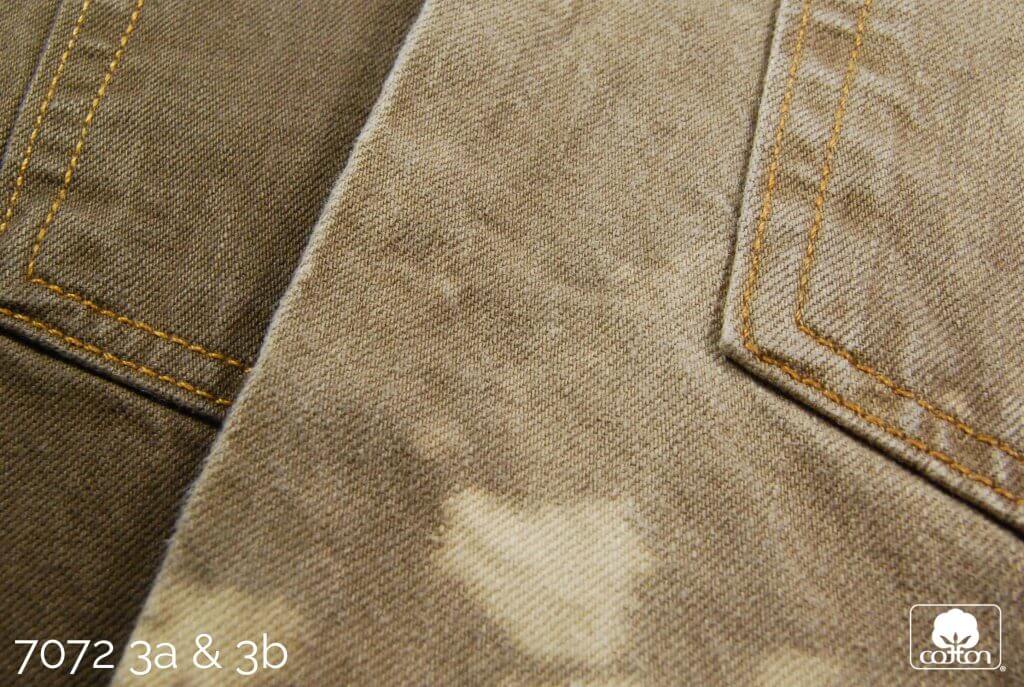 7072 3a y 3b
7072 3a y 3b SK-1819-2E
SK-1819-2E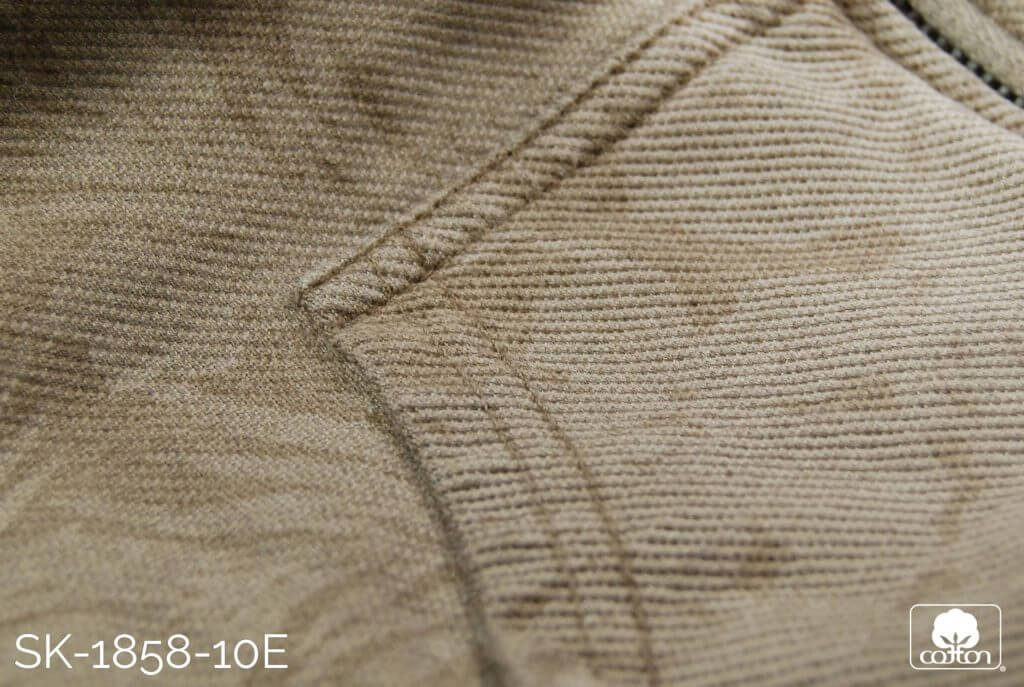 SK-1858-10E
SK-1858-10E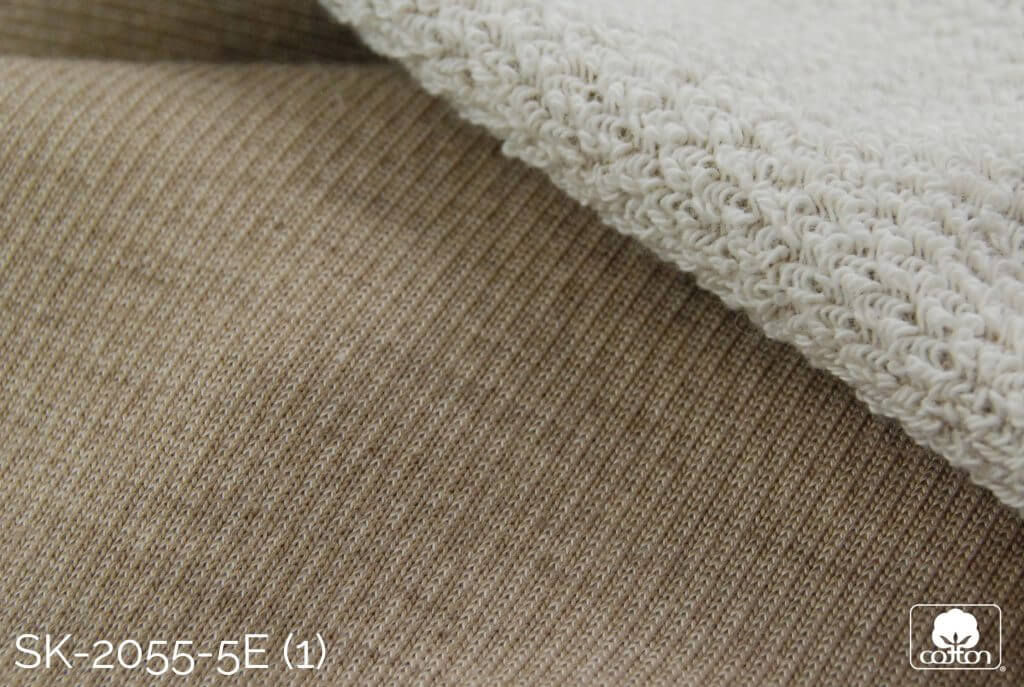 SK-2055-5E (1)
SK-2055-5E (1)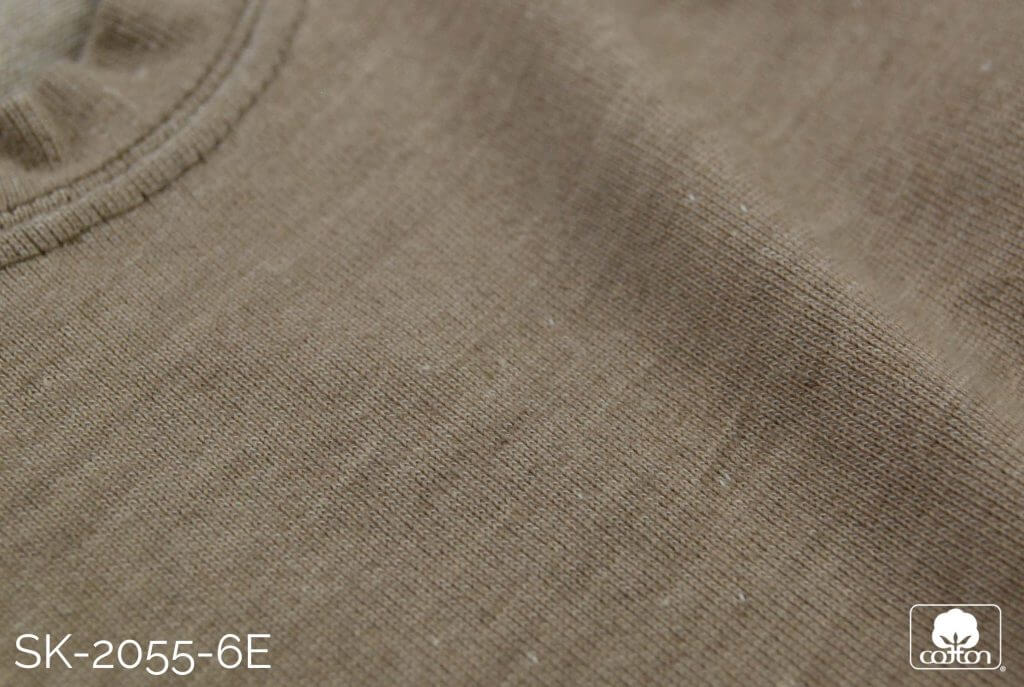 SK-2055-6E
SK-2055-6E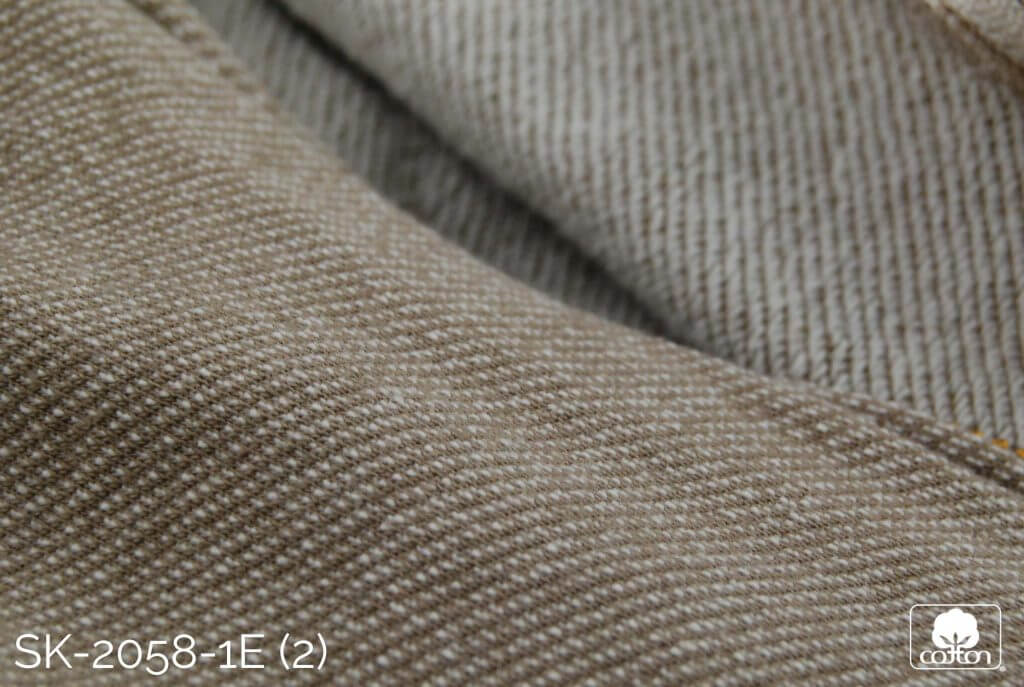 SK-2058-1E (2)
SK-2058-1E (2)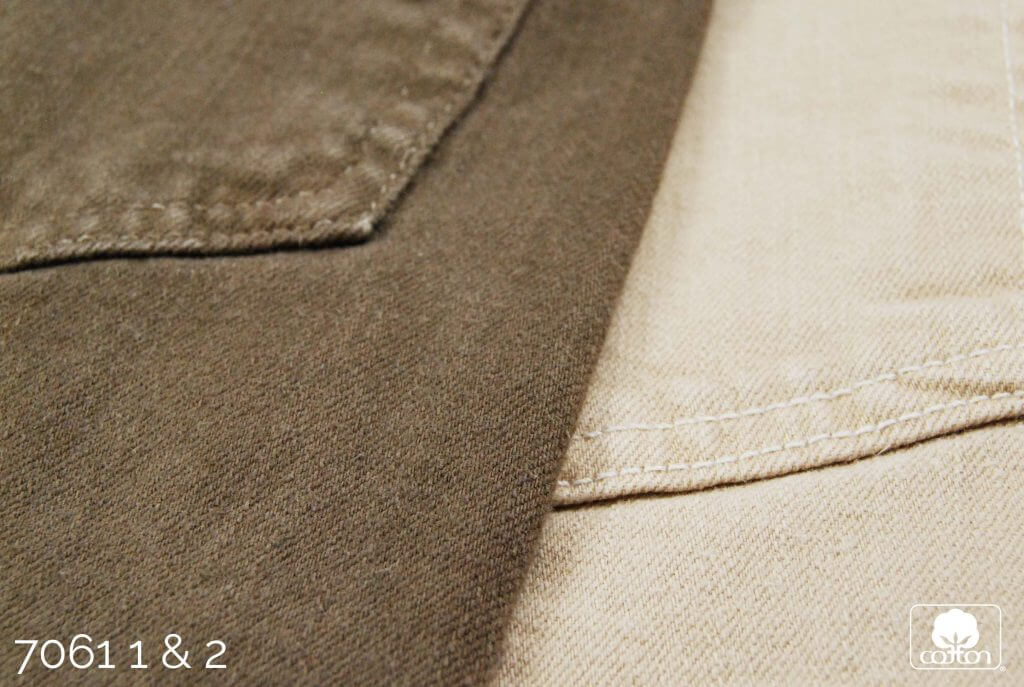 7061 1 y 2
7061 1 y 2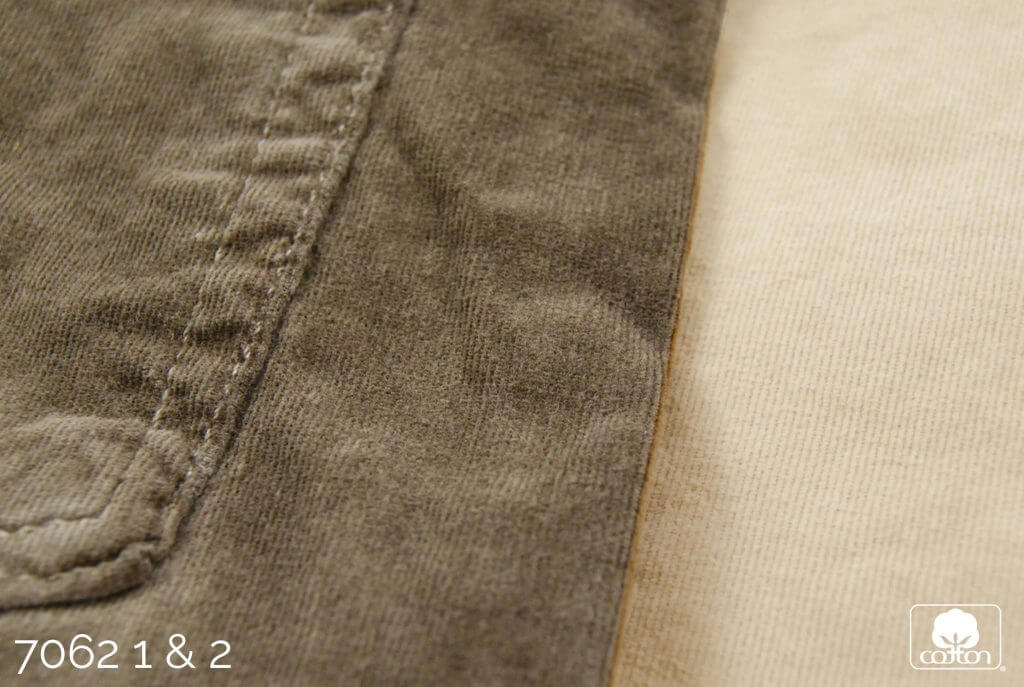 7062 1 y 2
7062 1 y 2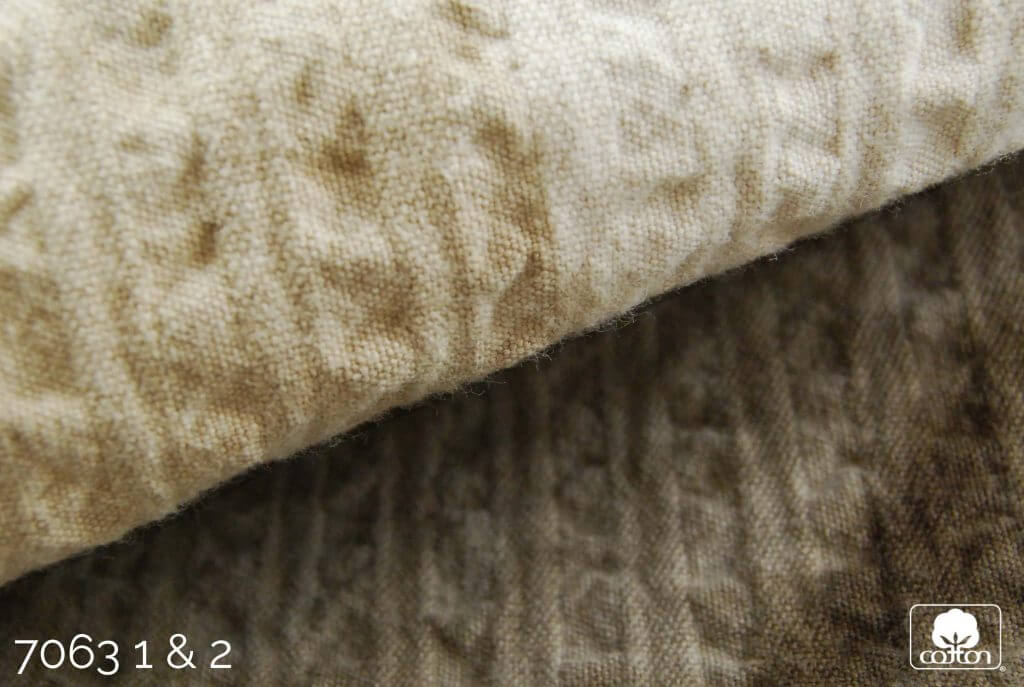 7063 1 y 2
7063 1 y 2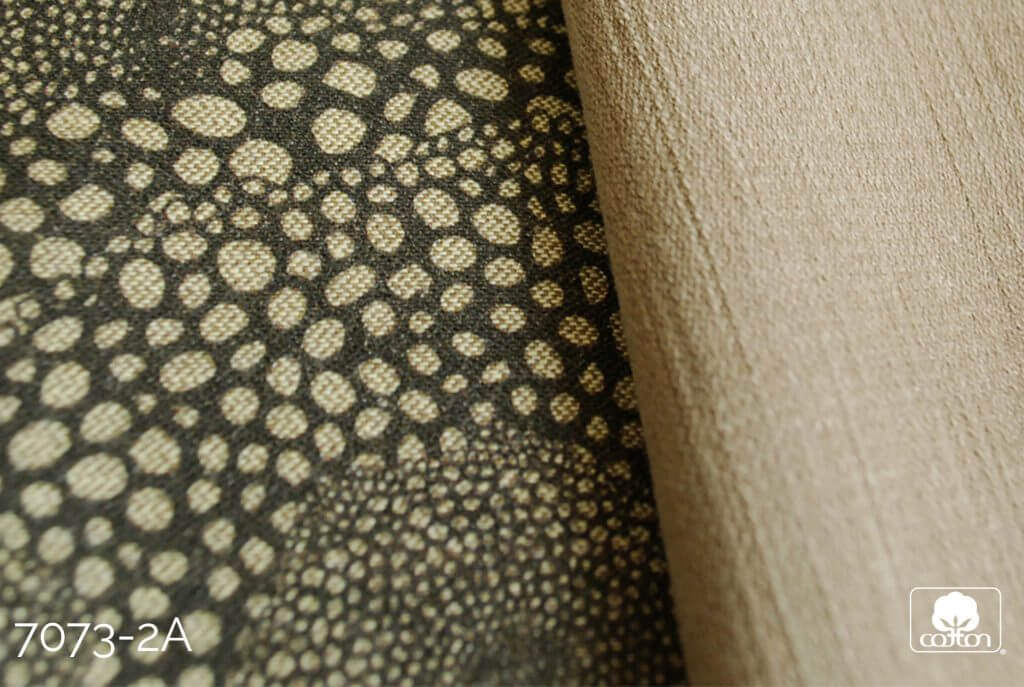 7073-2A
7073-2A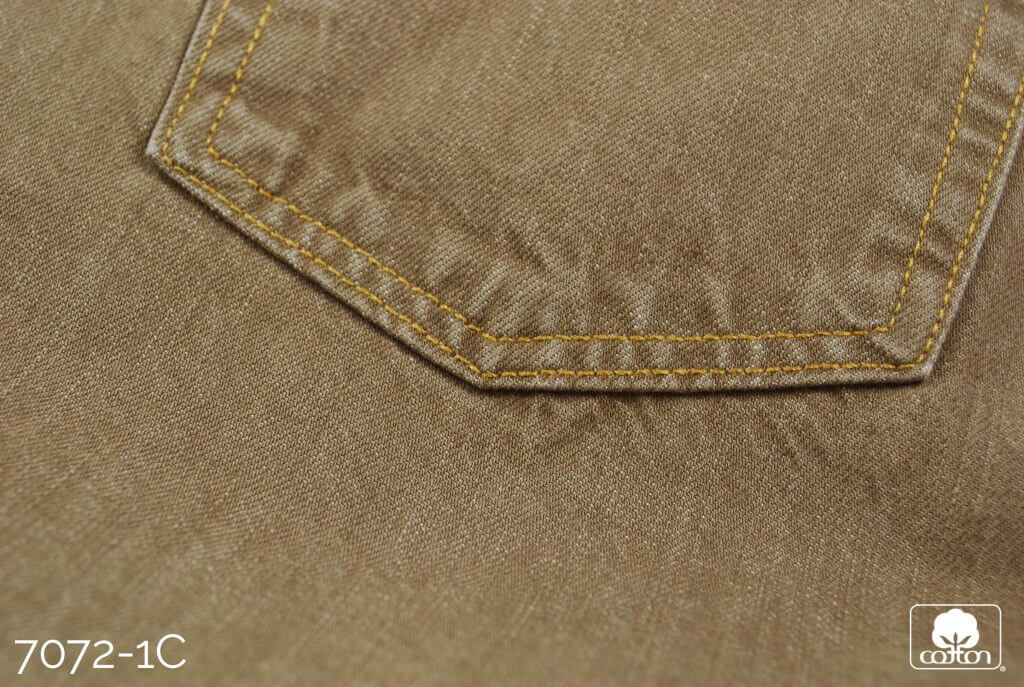 7072-1C
7072-1C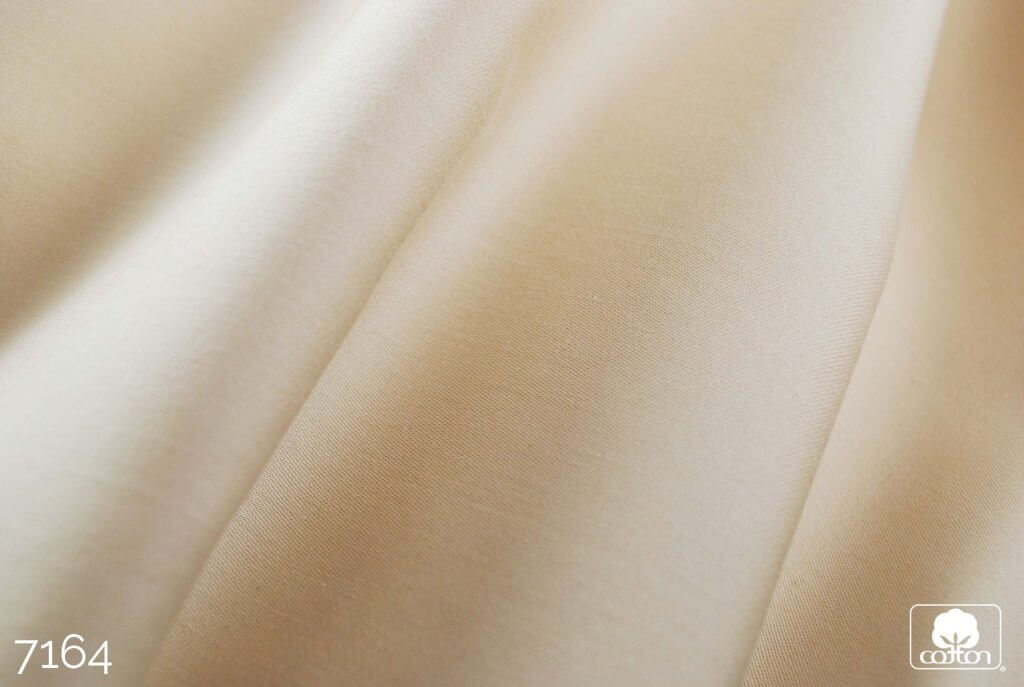 7164
7164 6849
6849 DK-2799-13
DK-2799-13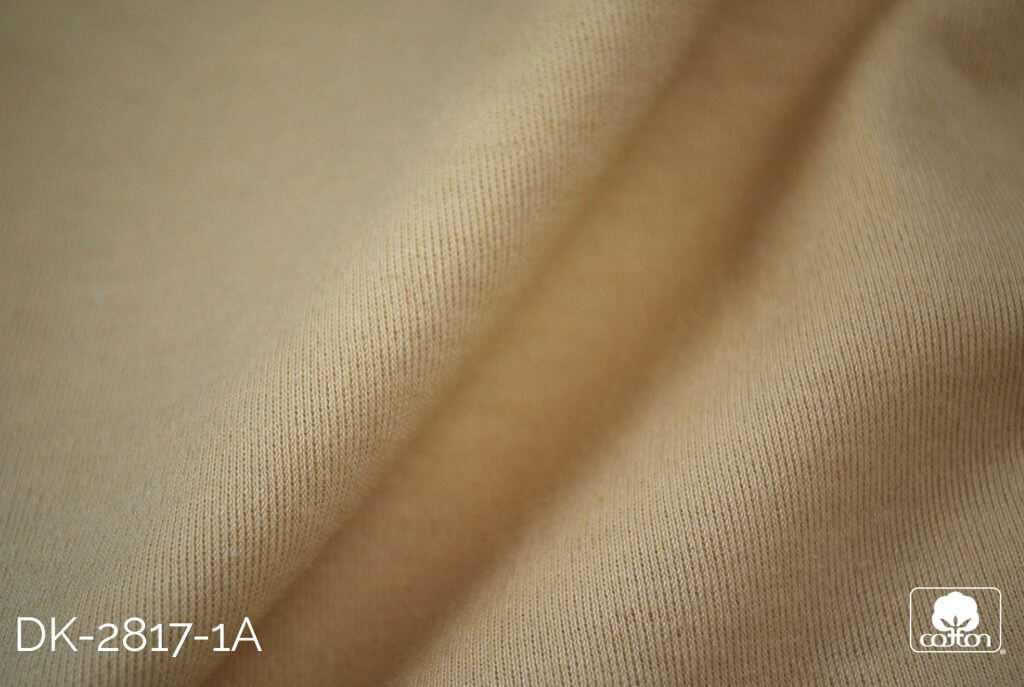 DK-2817-1A
DK-2817-1A FK-1056-1A
FK-1056-1A SK-1965-1
SK-1965-1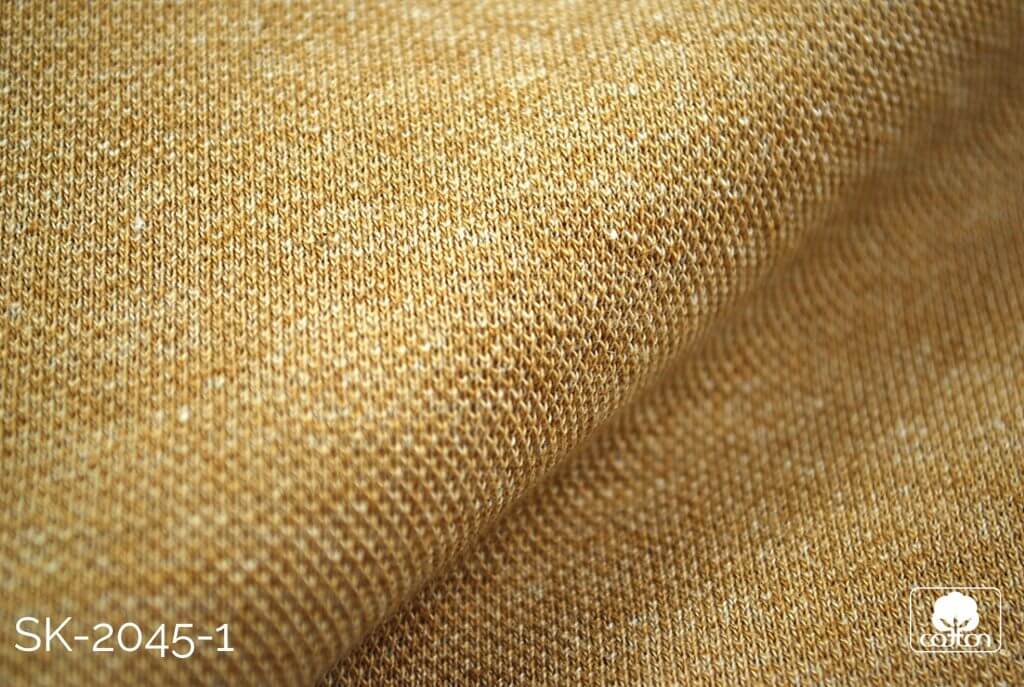 SK-2045-1
SK-2045-1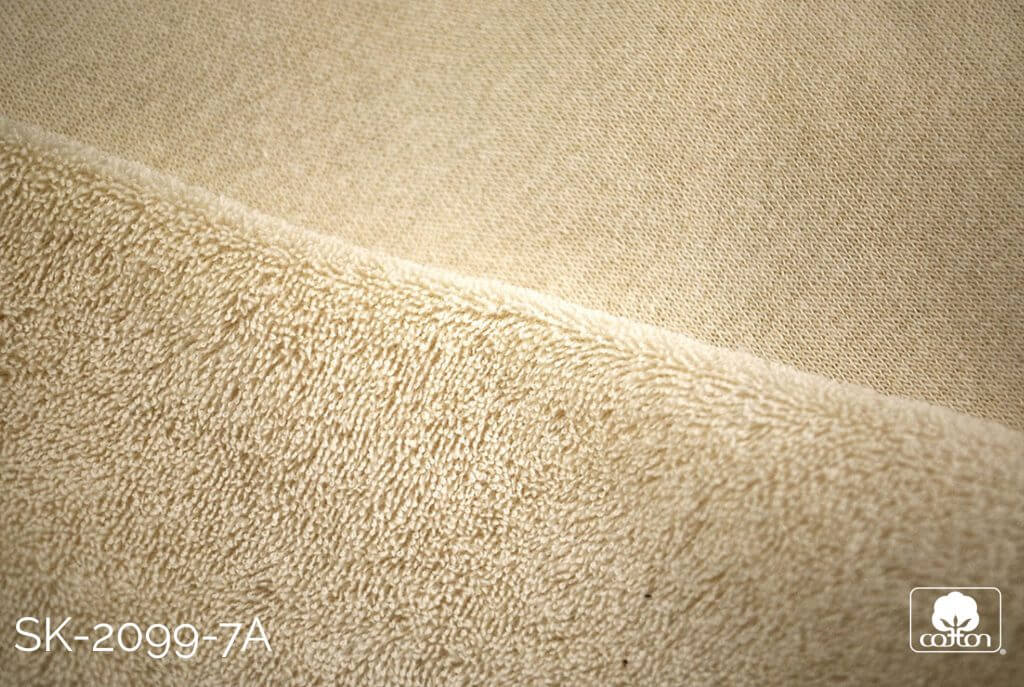 SK-2099-7A
SK-2099-7A SK-2116-2A
SK-2116-2A 7150
7150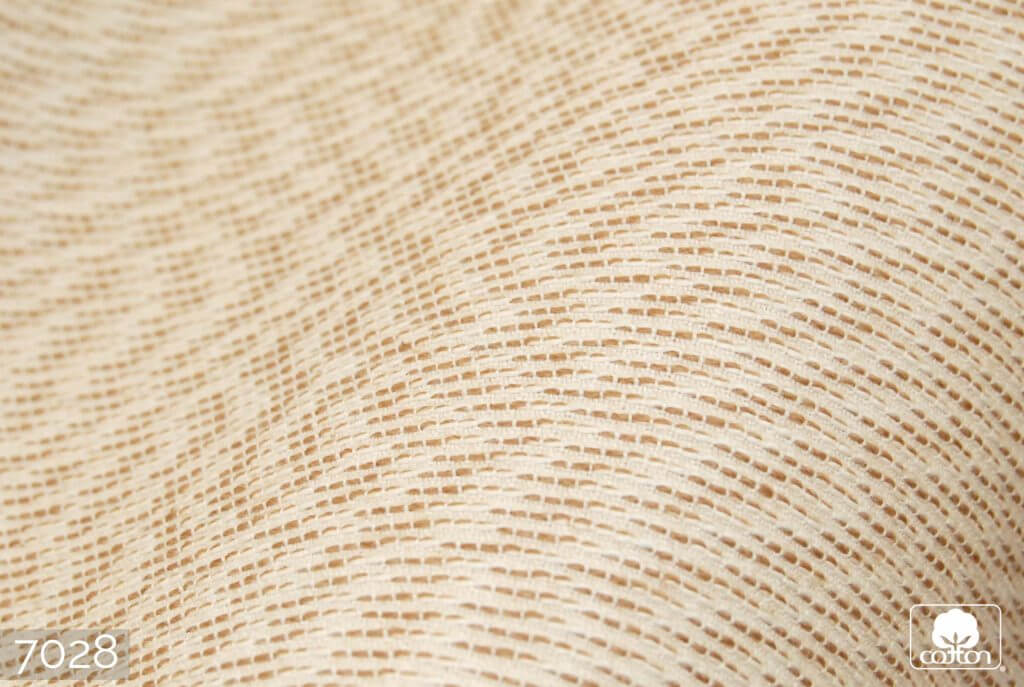 7028
7028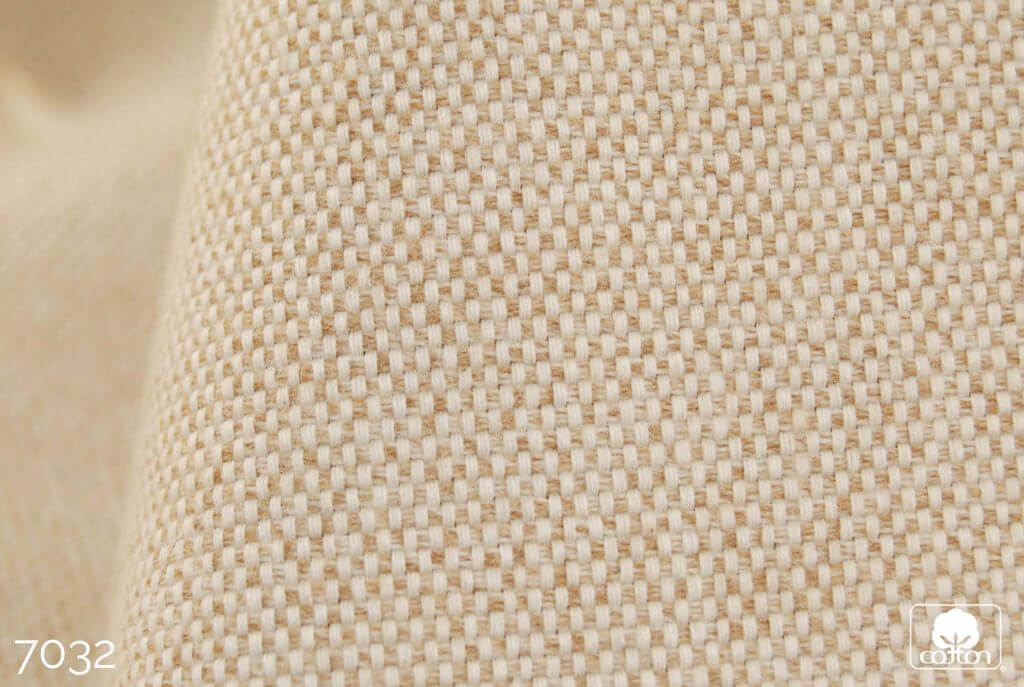 7032
7032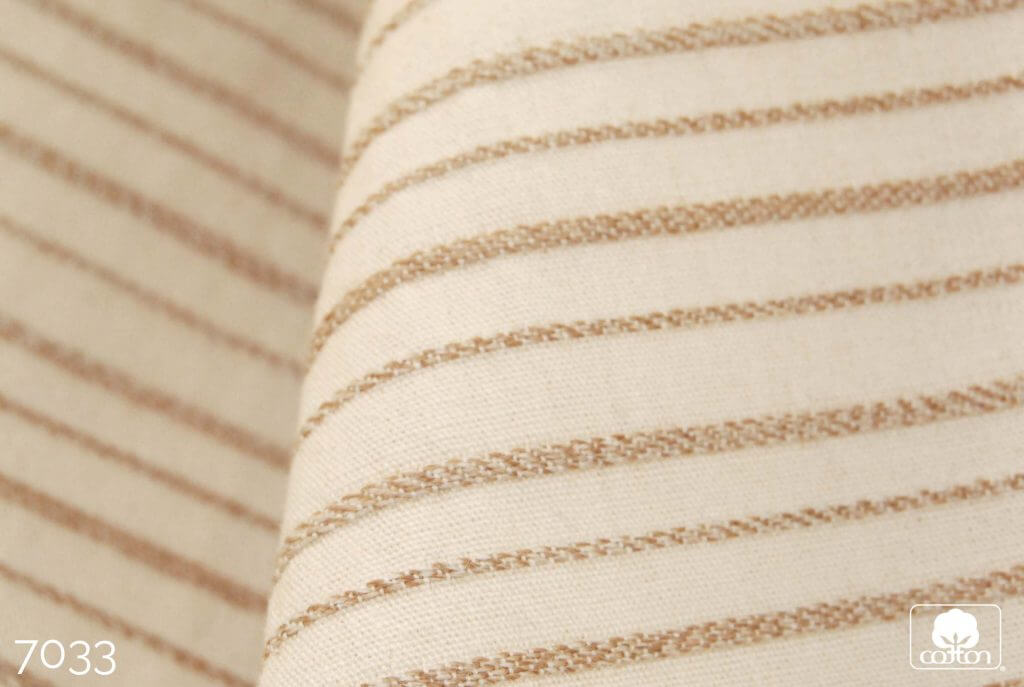 7033
7033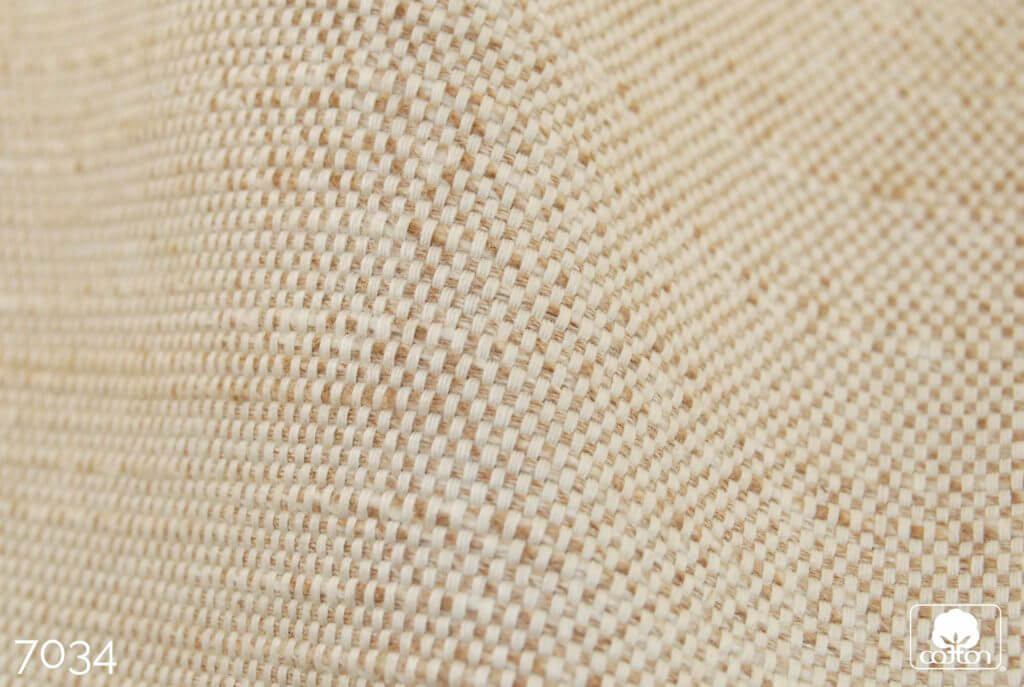 7034
7034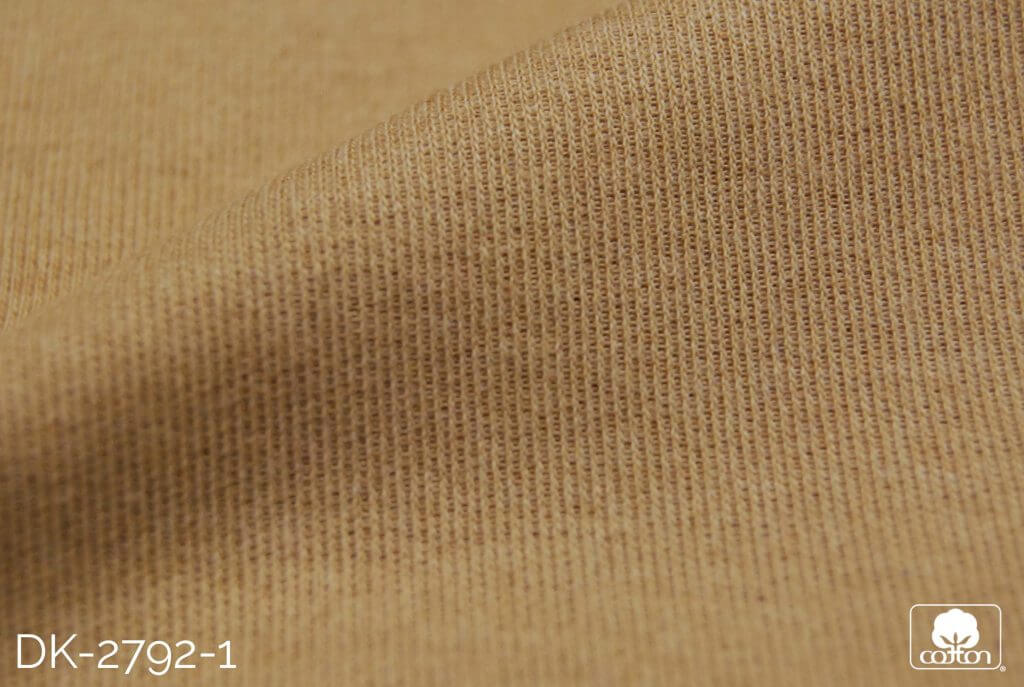 DK-2792-1
DK-2792-1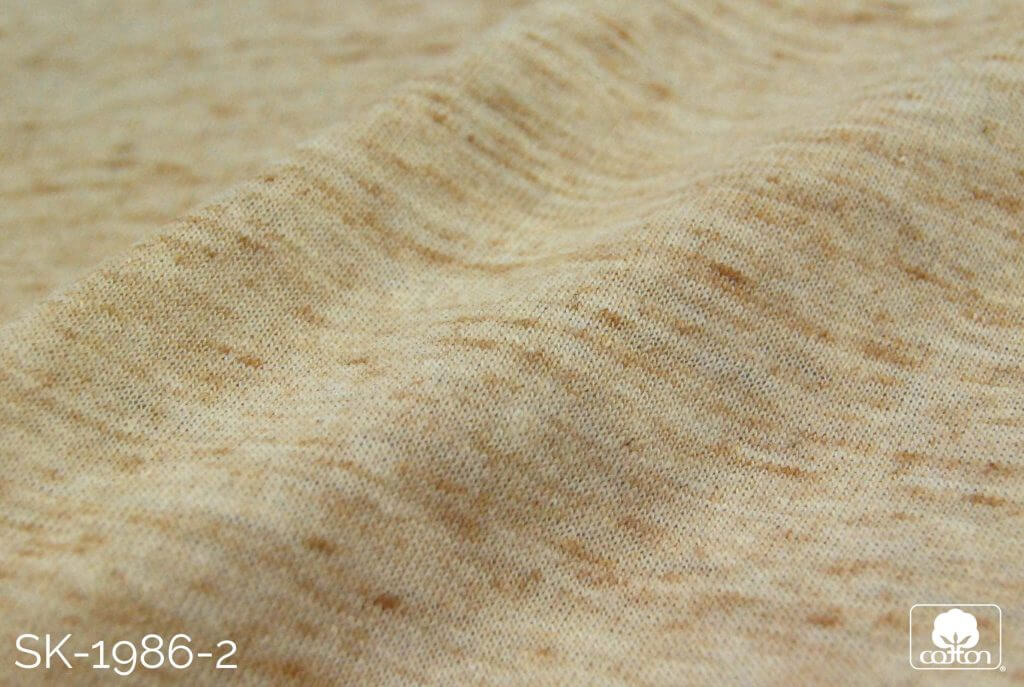 SK-1986-2
SK-1986-2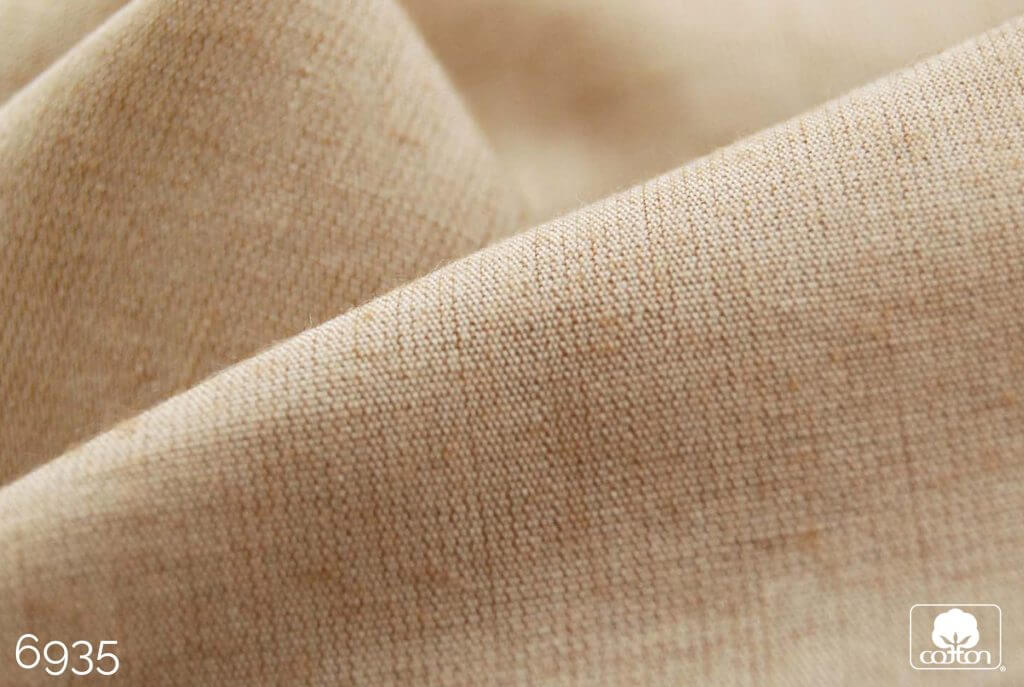 6935
6935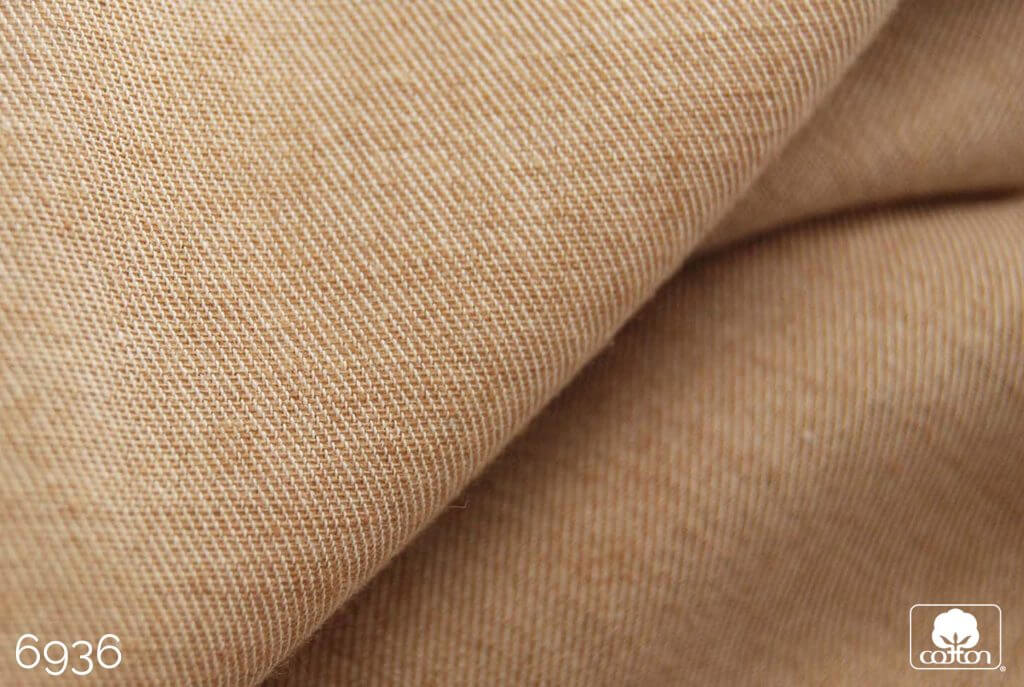 6936
6936


